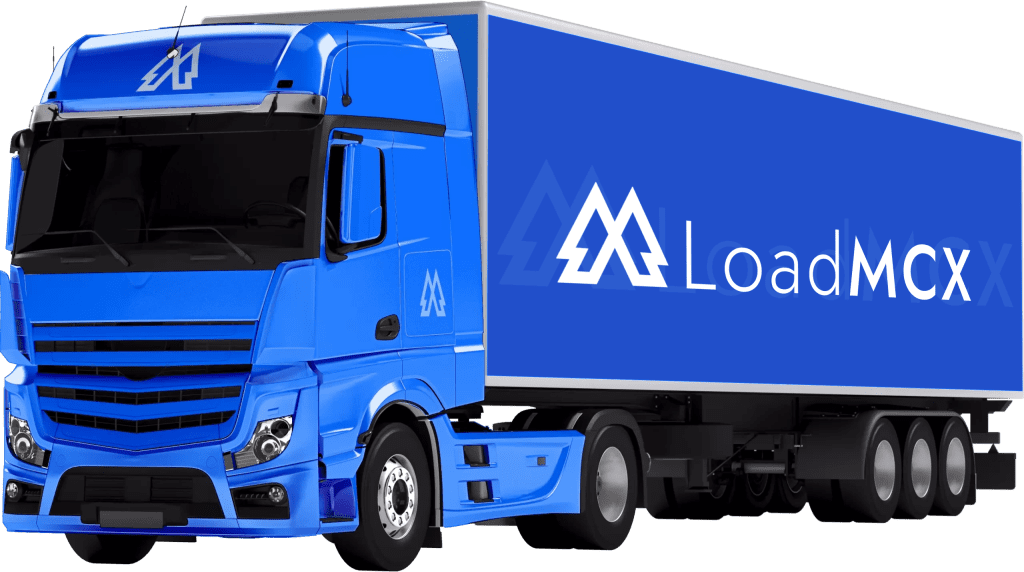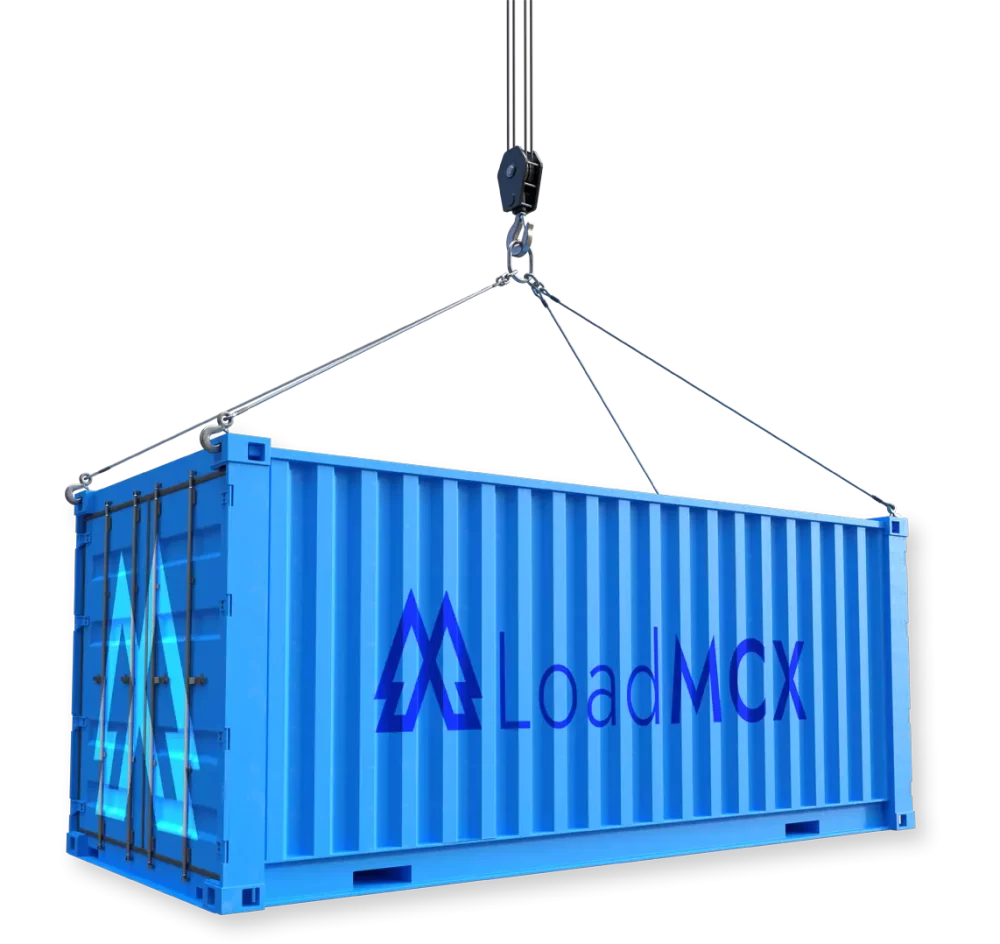
Intermodal transportation, the seamless movement of goods across different modes of transport, has been a key driver of global trade and economic growth.
As we stand at the precipice of a new era, marked by technological advancements and a growing focus on sustainability, the future of intermodal transportation is poised for significant transformation. Jump into the emerging trends and innovations that are set to shape the future landscape of intermodal transportation.
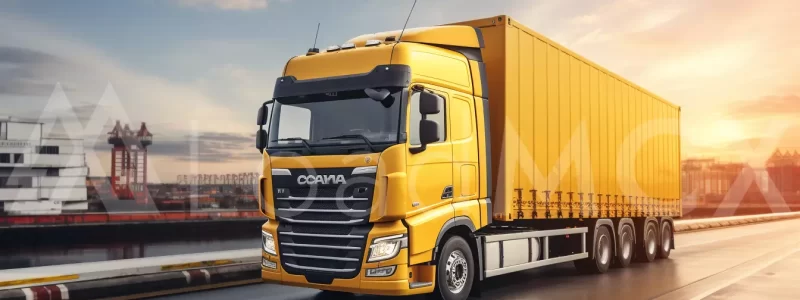
What Is Intermodal Freight?
Intermodal freight, a pivotal aspect of modern logistics, refers to the seamless transportation of goods using multiple modes of transit. This innovative approach involves the integration of various transport methods, such as trucks, trains, ships, and planes, to efficiently move cargo from the point of origin to its final destination. The key advantage of intermodal freight lies in its versatility, allowing businesses to capitalize on the strengths of different transportation modes while mitigating their respective limitations.
In an era dominated by globalization, intermodal freight has become a cornerstone for supply chain optimization. It ensures a cost-effective and time-efficient movement of goods across diverse geographical regions. By seamlessly transitioning between different transportation modes, intermodal freight minimizes delays, reduces transportation costs, and enhances overall logistics efficiency.
Embracing intermodal freight solutions is not only a strategic decision for businesses seeking to streamline their supply chains but also a sustainable choice, contributing to a more eco-friendly and resilient global logistics network. Stay ahead in the evolving logistics landscape by integrating intermodal freight into your business strategy for a competitive edge in the modern marketplace.
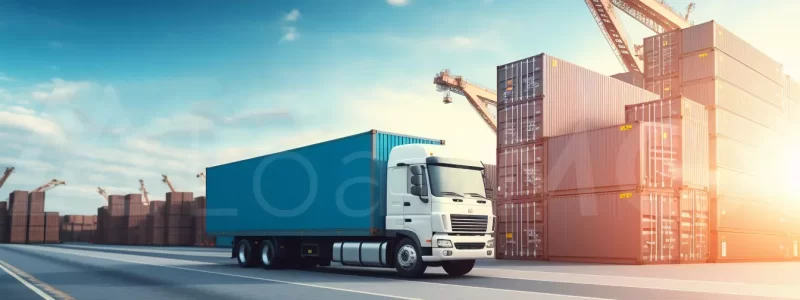
Intermodal Freight Shipping VS Other Shipping Methods
Intermodal freight shipping distinguishes itself from other modes of transportation through its unique ability to seamlessly integrate multiple methods of conveyance. Unlike traditional freight shipping, which often relies on a single mode such as trucking or shipping, intermodal freight combines the strengths of various transport modes like trucks, trains, ships, and planes. This multimodal approach allows for greater flexibility and efficiency in moving goods, particularly over long distances and across diverse geographic regions.
One key advantage of intermodal freight is its inherent resilience in overcoming logistical challenges. By leveraging different transportation modes, businesses can navigate disruptions more effectively. For instance, if a segment of a journey faces road congestion, goods can be easily transferred from trucks to trains or ships, minimizing delays and ensuring timely delivery. This adaptability is a significant departure from the limitations associated with single-mode transportation, providing a more robust and reliable solution for modern supply chain management.
Intermodal freight often proves to be a more cost-effective option. By optimizing each leg of the journey based on the specific strengths of different modes, businesses can reduce overall transportation costs. Additionally, the integration of intermodal containers standardizes cargo units, simplifying the handling and transfer processes, which contributes to operational efficiency and cost savings. In essence, intermodal freight shipping stands out as a comprehensive and adaptable solution that offers a strategic edge in the complex landscape of modern logistics.
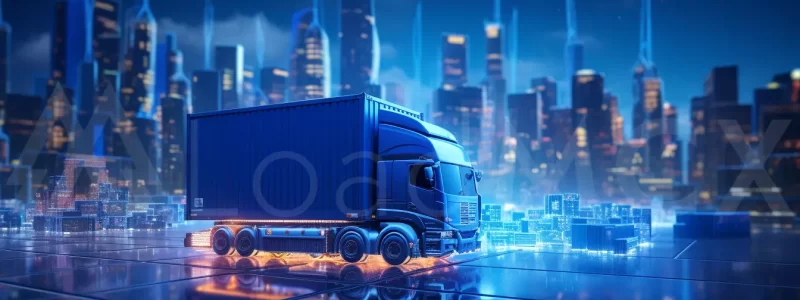
Digitalization and IoT Integration
One of the primary catalysts for change in intermodal transportation is the widespread adoption of digital technologies and the integration of the Internet of Things (IoT). The implementation of smart sensors and tracking devices across various transport modes enhances visibility, allowing for real-time monitoring of cargo. This not only improves operational efficiency but also provides valuable data for optimizing routes, minimizing delays, and enhancing overall supply chain management.
These sensors, strategically placed across different transport modes, enable real-time monitoring, providing a wealth of data that goes beyond traditional tracking methods. This data-driven approach empowers stakeholders with comprehensive insights, facilitating informed decision-making at every stage of the supply chain.
The implementation of smart technologies not only enhances visibility but also brings about a paradigm shift in operational efficiency. By monitoring cargo, transportation providers can identify bottlenecks, optimize routes, and proactively address potential issues. This proactive approach minimizes delays, ensuring that goods reach their destination with greater speed and reliability. Moreover, the wealth of real-time data collected through IoT integration serves as a foundation for advanced analytics and machine learning applications, further refining route optimization and predictive maintenance strategies.
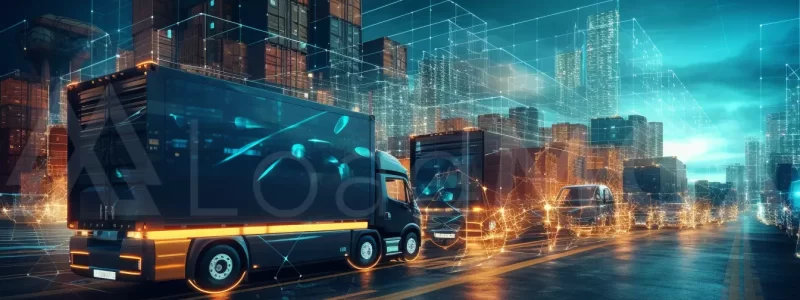
Autonomous Vehicles and Drones
The advent of autonomous vehicles, including trucks, ships, and trains, is reshaping the intermodal transportation landscape. These vehicles can operate with increased precision and efficiency, reducing human errors and optimizing fuel consumption. Drones are also being explored for last-mile deliveries, offering a swift and cost-effective solution for transporting smaller packages in congested urban areas.
In addition to autonomous ground and maritime vehicles, the integration of drones represents a revolutionary approach to last-mile deliveries in urban areas. Drones are increasingly explored as swift and cost-effective solutions for transporting smaller packages to their final destinations. In congested city environments, where traditional delivery methods face challenges related to traffic and accessibility, drones provide an agile alternative. This not only accelerates the delivery process but also offers a more environmentally friendly option for short-distance transport.
As autonomous technologies continue to evolve, the intermodal transportation landscape is being reshaped to accommodate these innovations, promising a future where precision, efficiency, and sustainability converge to redefine the way goods are transported across the globe.
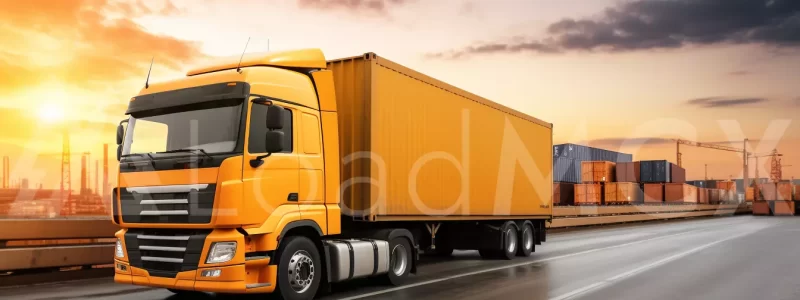
Sustainable Practices and Electrification
With a growing emphasis on environmental sustainability, the future of intermodal transportation is closely tied to the adoption of eco-friendly practices. Electrification of vehicles, especially in the rail and trucking sectors, is gaining momentum. The integration of renewable energy sources for powering transport modes is becoming a focal point, contributing to the reduction of carbon emissions and mitigating the impact of transportation on the environment.
One of the notable trends propelling this transformation is the increasing adoption of electrification, particularly in the rail and trucking sectors. This shift to electric vehicles marks a pivotal step in reducing reliance on traditional fossil fuels, a notorious contributor to greenhouse gas emissions.
The integration of renewable energy sources is emerging as a central theme in the pursuit of sustainable intermodal transportation. The quest to power transport modes with clean energy is gaining momentum, offering a promising avenue for curbing carbon emissions. By harnessing solar, wind, and other renewable sources, the industry aims to mitigate its environmental impact and contribute to the global effort to combat climate change.
This transition towards eco-friendly practices not only aligns with corporate sustainability goals but also positions intermodal transportation as a key player in fostering a greener and more sustainable future for the entire logistics ecosystem.
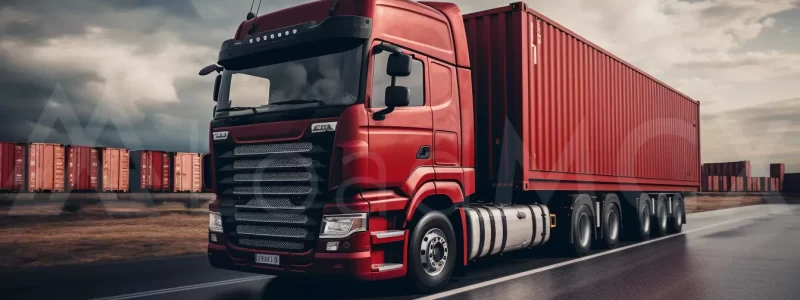
Hyperloop Technology
A concept that once seemed relegated to the realm of science fiction, hyperloop technology is now gaining traction as a viable intermodal transportation solution. Hyperloop systems use vacuum tubes to transport pods at high speeds, offering a revolutionary approach to long-distance travel. While still in the experimental phase, the potential benefits include rapid transit times, enhanced safety, and a significant reduction in the carbon footprint associated with traditional transportation modes.
Hyperloop technology lies in its potential to drastically reduce transit times. By leveraging the power of vacuum tubes and cutting-edge propulsion systems, hyperloop pods have the capability to reach unprecedented speeds, offering commuters and cargo unprecedented efficiency in transit. Additionally, the inherent safety features of the technology, including controlled environments within the vacuum tubes, contribute to enhanced safety standards compared to traditional transportation modes.
Perhaps most significantly, hyperloop technology presents a formidable solution to the environmental challenges associated with conventional transportation. The speed and efficiency of hyperloop travel not only promise to revolutionize the concept of time in transit but also hold the potential to significantly diminish the carbon footprint traditionally associated with long-distance transportation.

Collaborative Logistics and Data Sharing
The future of intermodal transportation centers on increased collaboration among stakeholders through data and resource sharing. Collaborative logistics platforms enhance communication, reduce congestion, and optimize infrastructure use, creating a more responsive and efficient supply chain.
These platforms provide valuable insights, enabling better decision-making and proactive issue resolution. This collaborative approach not only addresses perennial challenges like congestion but also ensures a resilient and adaptable transportation network, promising a more connected and efficient logistics landscape for the future.
Search The Largest Drayage Directory
Discover top-rated intermodal / drayage carriers & transportation companies on LoadMCX
